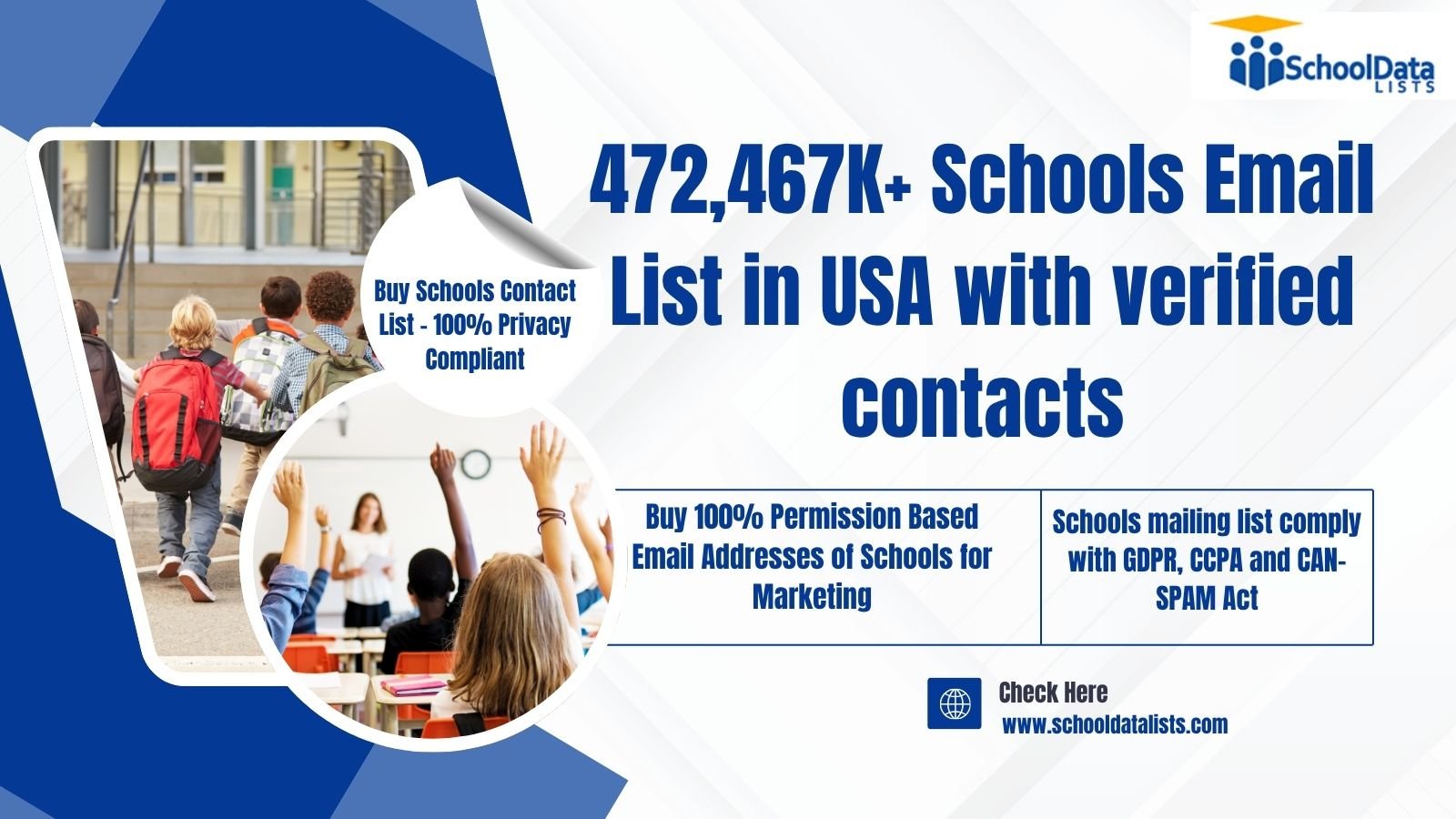1. Selecting and Tuning Personalization Algorithms for Optimal Engagement
a) Evaluating Algorithm Types (Collaborative Filtering, Content-Based, Hybrid) for Specific User Data
Choosing the right personalization algorithm hinges on a thorough understanding of your data characteristics and user behavior. Begin by conducting a detailed analysis of your user interaction data: assess sparsity, diversity, and recency. For instance, if your dataset has dense user-item interactions with rich metadata, content-based filtering can be highly effective. Conversely, if you possess extensive user-item interaction histories but limited content metadata, collaborative filtering becomes more appropriate. Hybrid models combine both approaches, leveraging strengths and mitigating weaknesses.
Practical step: Create a decision matrix that maps data attributes to algorithm types. For example, for sparse data (sparsity < 10%), prioritize matrix factorization techniques with regularization; for rich metadata, integrate content features.
b) Adjusting Model Hyperparameters for Different User Segments
Tailoring hyperparameters such as learning rate, regularization strength, number of latent factors, and neighborhood size is critical. Segment users based on engagement levels, demographics, or behavior patterns. For high-value users, set hyperparameters for more personalized, fine-grained recommendations (e.g., higher latent factors, lower regularization). For casual users, prioritize broader, less resource-intensive models.
Actionable tip: Use grid search or Bayesian optimization within each user segment to identify optimal hyperparameters. Automate this process with tools like Optuna or Hyperopt for efficiency.
c) Implementing A/B Testing to Compare Algorithm Variants and Measure Impact
Design controlled experiments to evaluate different algorithm configurations. Randomly assign user cohorts to variants, ensuring equal distribution of demographics and behavior profiles. Track key engagement metrics such as click-through rate (CTR), dwell time, and conversion rate. Use statistical significance testing (e.g., chi-square, t-test) to confirm improvements.
Pro tip: Incorporate multi-armed bandit algorithms to dynamically allocate traffic toward better-performing variants, reducing the time to identify optimal models.
2. Data Collection and Preparation for Personalization Algorithms
a) Gathering High-Quality User Interaction Data (Clicks, Dwell Time, Purchases)
Implement comprehensive event tracking using tools like Segment or Mixpanel. Capture granular data such as click timestamps, scroll depth, hover duration, cart additions, and purchase completions. Ensure data consistency by timestamping events with timezone-aware logs and storing them in structured formats (e.g., JSON, Parquet).
Tip: Use unique user identifiers (UUIDs) linked across devices to build unified user profiles, minimizing fragmentation and ensuring data quality.
b) Handling Cold Start Problems with User and Item Initialization Strategies
For new users, leverage onboarding questionnaires to collect initial preferences or demographic data to bootstrap their profiles. Use popular items or trending content to serve as initial recommendations. For new items, incorporate content features like textual metadata or image embeddings to generate initial similarity scores.
Implementation approach: Use a hybrid approach combining collaborative filtering with content-based methods during cold start. For example, apply a content embedding model (like BERT for text) to generate item vectors immediately upon item addition.
c) Cleaning and Normalizing Data to Improve Algorithm Performance
Remove duplicate events, filter out outliers (e.g., abnormally high interaction counts), and normalize numerical features (e.g., min-max scaling or z-score normalization). For categorical data, ensure consistent encoding (one-hot, ordinal). Handle missing data through imputation strategies, such as median filling or model-based predictions.
Key insight: Clean data reduces noise and bias, directly impacting the quality of generated recommendations and model stability.
3. Feature Engineering for Personalization Models
a) Identifying Relevant User Features (Demographics, Behavior Patterns)
Extract features such as age, gender, location, device type, and subscription tier. Analyze behavioral patterns like session frequency, time-of-day activity, and content interaction diversity. Use clustering algorithms (k-means, DBSCAN) to identify user segments, then tailor features accordingly.
Tip: Use principal component analysis (PCA) to reduce feature dimensionality while preserving variance, facilitating efficient model training.
b) Extracting Content Features (Text, Images, Metadata) for Content-Based Filtering
Utilize NLP models like BERT or TF-IDF vectors for textual content. For images, employ convolutional neural networks (CNNs) like ResNet to generate feature embeddings. Metadata such as categories, tags, and publication dates should be encoded using one-hot or embedding layers.
Practical example: For a news app, extract article headlines using BERT to capture semantic meaning, then compute cosine similarity with user interest vectors.
c) Creating User-Item Interaction Features (Recency, Frequency, RFM Analysis)
Calculate recency as the days since last interaction; frequency as total interactions within a period; monetary value (if applicable) as total spend. Use RFM (Recency, Frequency, Monetary) metrics to segment users and prioritize recommendations. Normalize these features to ensure comparability across segments.
Action step: Incorporate RFM features into your model as additional input vectors, enabling algorithms to differentiate highly engaged users from casual ones effectively.
4. Implementing Real-Time Personalization Pipelines
a) Setting Up Data Streaming Infrastructure (Kafka, RabbitMQ) for Live Data
Deploy Apache Kafka as a central data bus to ingest and process real-time user interactions. Design topic partitions based on user segments or content categories to parallelize load. Use Kafka Connectors to integrate with your data sources and sinks, ensuring minimal latency.
Implementation detail: Use Kafka Streams or ksqlDB for lightweight transformations, filtering out noise, and aggregating metrics (e.g., session duration, interaction counts) inline.
b) Building Scalable Model Serving Architectures (TensorFlow Serving, TorchServe)
Containerize your models using Docker and deploy on scalable serving platforms like TensorFlow Serving or TorchServe. Use model versioning to facilitate A/B testing and rollbacks. Implement autoscaling policies based on request latency and throughput—leveraging Kubernetes Horizontal Pod Autoscaler (HPA).
Best practice: Use batch prediction for high-throughput scenarios while maintaining low-latency online inference for individual requests.
c) Integrating Prediction Results into User Interfaces with Low Latency
Implement front-end cache mechanisms (e.g., Redis, Memcached) to store recent recommendations for quick access. Use asynchronous API calls to fetch predictions, ensuring the UI remains responsive. Prioritize prefetching strategies based on user navigation paths to reduce perceived latency.
Pro tip: Log user interactions with recommendations to continuously refine and personalize future suggestions in real-time.
5. Addressing Common Challenges in Personalization Algorithm Deployment
a) Preventing Algorithm Bias and Ensuring Fairness
Regularly audit your models for bias by analyzing recommendation distributions across diverse user groups. Incorporate fairness constraints during training, such as demographic parity or equal opportunity. Use techniques like re-weighting or adversarial training to mitigate bias.
Key practice: Maintain transparency by logging decision rationale and providing users with options to customize or opt-out of personalization.
b) Managing Scalability and Performance Bottlenecks
Identify bottlenecks via profiling tools (e.g., Jaeger, Prometheus). Cache frequently accessed data and precompute recommendations during off-peak hours. Use distributed training techniques (data parallelism, model sharding) to scale model training.
Critical insight: Prioritize horizontal scaling over vertical to handle increasing loads gracefully.
c) Monitoring and Updating Models to Adapt to Changing User Behaviors
Implement continuous monitoring dashboards tracking metrics like engagement, diversity, and novelty. Schedule regular retraining with fresh data, employing incremental learning where possible to reduce downtime. Use model explainability tools (e.g., SHAP, LIME) to diagnose drift.
Expert tip: Set up alerting systems for significant drops in key metrics, prompting immediate investigation and model updates.
6. Case Study: Step-by-Step Deployment of a Collaborative Filtering System
a) Data Preparation and User-Item Matrix Construction
Begin with interaction logs, filtering out noise and duplicate entries. Construct a sparse user-item matrix (rows = users, columns = items) with interaction weights (e.g., implicit feedback: 1 for interaction, 0 for none). Use libraries like pandas for data cleaning and scipy.sparse for matrix representation.
b) Model Training and Optimization
Apply matrix factorization techniques such as Alternating Least Squares (ALS) using frameworks like Spark MLlib. Fine-tune hyperparameters like latent factors, regularization, and iteration count based on validation metrics (e.g., RMSE, precision@k). Use cross-validation to prevent overfitting.
c) Deployment Workflow and Continuous Improvement Loop
Deploy the trained model via REST APIs, integrating with your frontend. Collect ongoing interaction data, evaluate recommendation performance, and retrain periodically. Incorporate user feedback and A/B test different model versions to





Leave a Reply